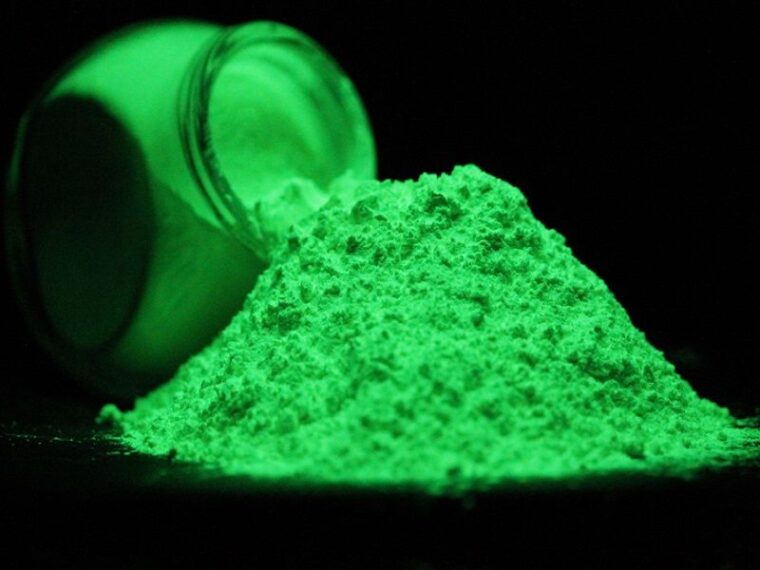Phosphorus Pentachloride: A Versatile Chemical Compound
Phosphorus pentachloride (PCl5) is an important and versatile chemical compound with a wide variety of applications. In this article, we will discuss the properties, uses and safety aspects of this chemical.
Structure and Properties
Phosphorus pentachloride has the chemical formula PCl5. Its structure consists of a central phosphorus atom bonded to five chlorine atoms in a trigonal bipyramidal molecular geometry. Some key properties of PCl5 include:
– Appearance: It is a colorless crystalline solid with a pungent odor.
– Melting Point: Around 0°C. It sublimes (changes directly from solid to gas) readily at room temperature.
– Solubility: Very soluble in organic solvents like benzene, carbon tetrachloride and chloroform but insoluble in water.
– Reactivity: It is highly reactive and readily hydrolyzes in the presence of moisture to form phosphorus oxychloride and hydrochloric acid.
– Bonding: The P-Cl bonds have partial double bond character due to electron pair delocalization. This makes the P-Cl bonds quite stable and resistant to substitution.
Applications in Organic Synthesis
Due to its high reactivity and stability, PCl5 finds many applications as a chlorinating and phosphorus transferring reagent in organic synthesis. Some of its important uses are:
– Acyl chloride synthesis: It is used to produce acyl chlorides by reacting with carboxylic acids. The acyl chlorides are important precursors in organic chemistry.
– Esters synthesis: PCl5 allows efficient production of esters from carboxylic acids and alcohols under mild conditions. This Williamson ether synthesis reaction is facilitated by the phosphorus transfer from PCl5.
– Phosphorylation of alcohols: PCl5 can efficiently attach a phosphate group (P(O)(OR)2) to alcohols, yielding important phosphoester products.
– Other chlorination reactions: It acts as a chlorinating agent in Friedel-Crafts reactions and in conversion of alcohols to alkyl chlorides.
Safety Considerations
Even though PCl5 is very useful in organic synthesis, certain safety precautions must be followed due its high reactivity. Some key safety tips include:
– It vigorously hydrolyzes in the presence of moisture to release toxic HCl gas. Reactions using it must be done in dry conditions.
– Inhalation of HCl vapors or contact with PCl5 can severely irritate skin, eyes and throat. Appropriate personal protective equipment like gloves, goggles etc must be used.
– Spills of PCl5 may catch fire when in contact with combustible organic materials like ether solvents. Sodium chloride or carbon dioxide can be used to extinguish such fires.
– Storage containers for PCl5 should be tightly sealed and stored in cool, dry place away from sources of heat, water or oxidizing materials. Proper labeling is important.
– Work with PCl5 should be done in a well-ventilated fume hood. Eyewash stations, safety showers should be nearby in case of exposure.
Phosphorus pentachloride is a very versatile and industrially important reagent in organic synthesis due to its high reactivity as both chlorinating and phosphorylating agent. Though precautions must be taken due to its toxicity, PCl5 allows efficient production of important organic compounds. With proper safety protocols, it can continue enabling advances in pharmaceutical, agrochemical and other industries.
Note:
1. Source: Coherent Market Insights, Public sources, Desk research
2. We have leveraged AI tools to mine information and compile it

